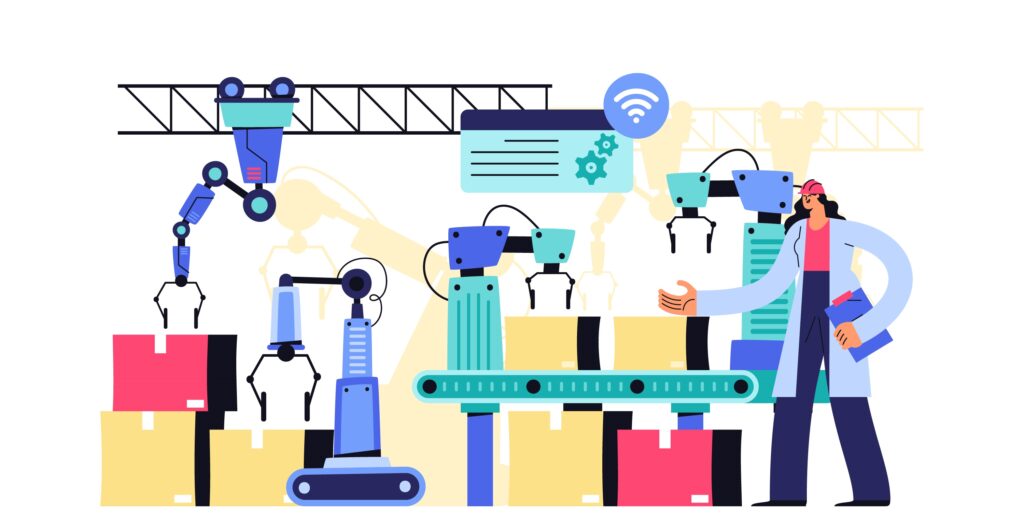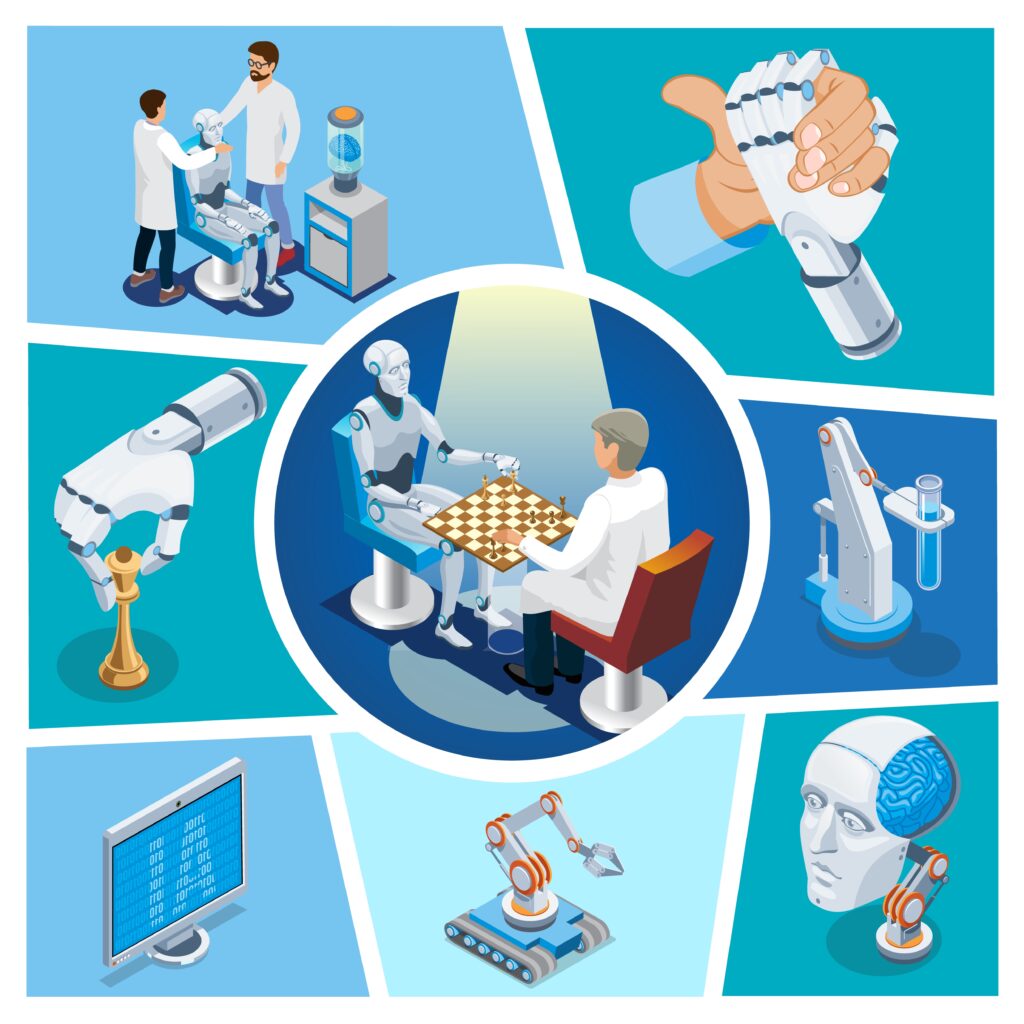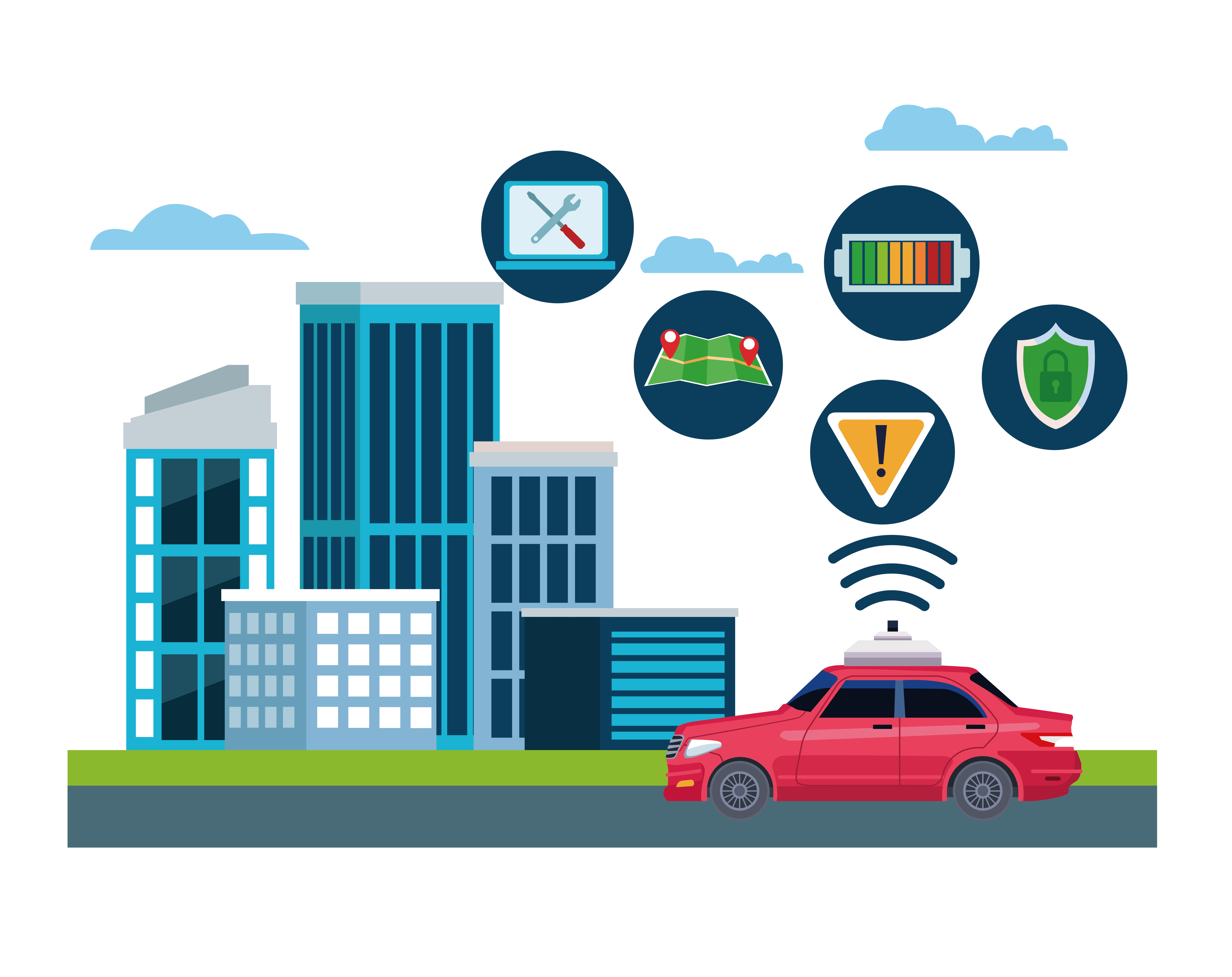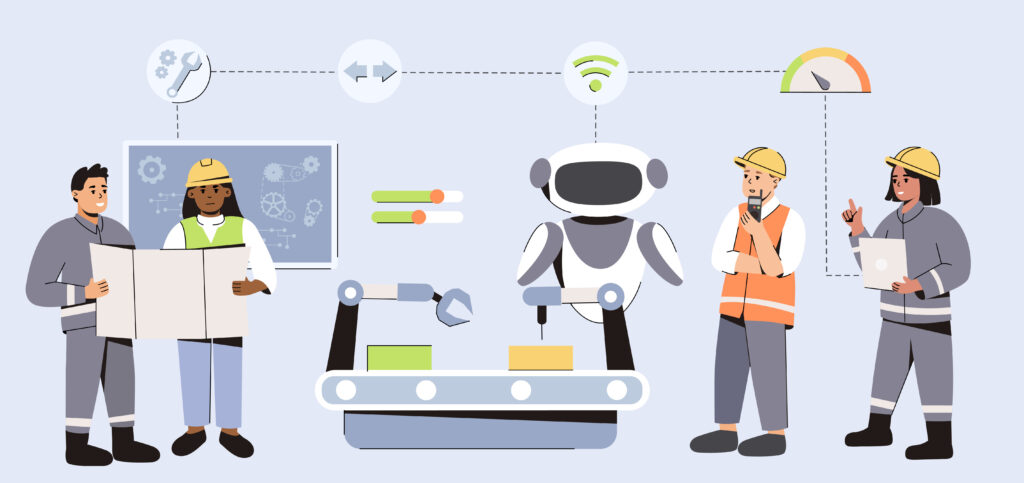Top Ways Robotics Are Making Life Safer in Different Industry

Introduction to Robotics
Robotics has come out as a revolutionary technology with the potential to transform various aspects of our lives. From healthcare to public safety, from transportation to environmental protection, robots are playing an increasingly major role in making the world a safer place to live. Some of the top ways in which robotics is helping to increase safety across different domains.
Visit Our Site.
Robotic Applications in Healthcare
Assisting Surgeons in Complex Methods
One of the most exceptional applications of robotics in healthcare is in surgical systems. Robotic surgical systems, equipped with advanced sensors to perform complex surgeries with enhanced accuracy, leading to reduced risks for patients.
Enhancing Rehabilitation Processes
Robot-assisted rehabilitation therapies have proven to be highly effective in helping patients recover from injuries and surgeries. These systems provide personalized rehabilitation programs and real-time feedback, allowing patients to regain mobility and functionality more quickly and safely.
Performing Dangerous Tasks in Hazardous Environments
Robots are also increasingly being used to perform tasks in hazardous environments such as nuclear facilities, chemical plants, and disaster zones. By replacing humans in these dangerous environments, robots help minimize the risks of exposure to harmful substances and prevent potential accidents

Robots in Public Safety
Search and Rescue Operations
In situations such as natural disasters or building collapses, robots equipped with cameras, sensors, and mobility capabilities play a crucial role in locating and rescuing survivors trapped in debris. These robots can access tight spaces and unstable structures that human rescuers might not be able to reach safely.
Firefighting and Hazardous Material Handling
Firefighting robots equipped with thermal imaging cameras and firefighting equipment can enter burning buildings to extinguish fires and search for survivors without putting human firefighters at risk. Similarly, robots designed for handling hazardous materials can safely contain and dispose of chemical spills and radioactive substances.
Surveillance and Monitoring
Robots equipped with surveillance cameras and sensors are employed for patrolling public spaces, monitoring crowd behavior, and detecting potential security threats. These robots enhance the capabilities of law enforcement agencies by providing real-time data and alerts, thus improving overall public safety.

Autonomous Vehicles and Road Safety
Collision Avoidance Systems
Autonomous vehicles are equipped with advanced sensors, cameras, and AI algorithms to detect vehicles on the road to avoid collisions. These collision avoidance systems have the potential to significantly reduce the number of accidents caused by human error.
Driver Assistance Technologies
In addition to fully autonomous vehicles, there are also various driver assistance technologies available in modern cars, such as lane departure warning systems, adaptive cruise control, and automatic emergency braking. These technologies help drivers avoid accidents and mitigate the severity of collisions by providing timely warnings and interventions.
Enhanced Traffic Management
Robotic systems for traffic management, including smart traffic lights, autonomous traffic control systems, and predictive traffic analytics, help optimize traffic flow, reduce congestion, and minimize the risk of accidents on roads and highways.

Robotic Innovations in Home Safety
Smart Home Security Systems
Robotic security systems equipped with cameras, motion sensors, and AI-powered analytics provide homeowners with real-time monitoring and alerts about potential intruders or security breaches. These systems help deter burglaries and ensure the safety of residents and their belongings.
Automated Emergency Response Systems
Robots designed for emergency response scenarios, such as fire-fighting drones and automated defibrillators, can quickly reach the scene of an emergency and provide assistance before human responders arrive, potentially saving lives in critical situations.
Assistance for Aged and Disabled Individuals
Robotic companions and assistive devices designed for aged and disabled individuals help them maintain independence and safety in their homes.

Improvements in Industrial Safety
Robotic Inspection and Maintenance in High-risk Environments
In hazardous environments in industries like oil and gas, mining, and construction, robots are used for inspecting and maintaining equipment and infrastructure. These robotic systems can perform tasks such as pipeline inspection, structural monitoring, and equipment maintenance with greater efficiency and safety than human workers.
Safety Training and Simulation
Robots are also utilized for safety training and simulation exercises in industrial settings, allowing workers to practice emergency procedures and hazardous tasks in a controlled environment without risking their safety. These simulations help improve preparedness and reduce the likelihood of accidents in real-world scenarios.
Predictive Maintenance with AI and Robotics
Predictive maintenance systems utilize artificial intelligence and robotics to analyze data from sensors, enabling them to anticipate potential failures.
Robots in Environmental Protection
Monitoring and Managing Pollution Levels
Environmental monitoring networks deploy robotic systems equipped with air and water quality sensors to detect pollution sources, track pollutant levels, and assess environmental risks. These robots help authorities take timely actions to mitigate pollution and protect public health and ecosystems.
Assisting in Disaster Management
Robots are utilized for infrastructure inspection, and search and rescue operations during natural disasters like hurricanes, floods, and earthquakes. These robots help emergency responders assess the extent of damage, locate survivors, and coordinate rescue efforts more effectively.
Cleaning and Maintenance of Ecosystems
Robotic systems like underwater drones and autonomous land vehicles aid in environmental cleanup, preserving natural habitats and biodiversity by removing pollutants and waste from ecosystems.
Challenges and Ethical Considerations
With robotics technology continually advancing, we face various challenges and ethical considerations that require attention.
Privacy Concerns
The robots with cameras and sensors raise concerns about privacy infringement, necessitating clear regulations and guidelines for data collection.
Job Displacement
Automation of human tasks could cause job displacement, necessitating retraining and reskilling programs to ensure a smooth transition for affected workers.
Ensuring Safety and Reliability
Robotic advancements have made safety and reliability a critical challenge, necessitating rigorous testing, certification, and ongoing maintenance protocols.
Conclusion
Robotics technology is playing a vital role in making life safer across various domains, including healthcare, public safety, transportation, home security, industrial operations, and environmental protection.
By leveraging advanced sensors, and AI algorithms, we can mitigate risks and respond more effectively to emergencies and threats.




